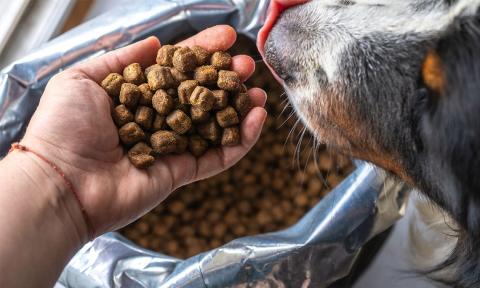
Published on February 24 by Julia
Switching your dog’s food requires careful planning to avoid digestive issues and ensure a smooth transition. Dogs have sensitive stomachs, and sudden dietary changes can lead to vomiting, diarrhea, or refusal to eat. Follow these steps to transition your dog’s food safely and effectively.
There are several reasons to switch your dog’s food, including:
A slow transition over 7–10 days helps prevent digestive issues. Follow this schedule:

Monitor your dog’s response to each stage, and extend the transition if needed.
Watch for signs of digestive upset, such as vomiting, diarrhea, or loss of appetite. If any issues arise, slow the transition process or consult a veterinarian.
Feed your dog at the same times each day to help them adjust to the new food more easily.
If switching to a new protein (e.g., chicken to beef), introduce it slowly to avoid allergies or intolerance.
Ensure your dog has constant access to fresh water to aid digestion and hydration.

Switching your dog’s food requires patience and careful monitoring. By gradually transitioning and observing your pet’s response, you can ensure a smooth change with minimal digestive upset. Always prioritize high-quality, nutritionally balanced food for your dog’s overall health and well-being.
Discover More Content





